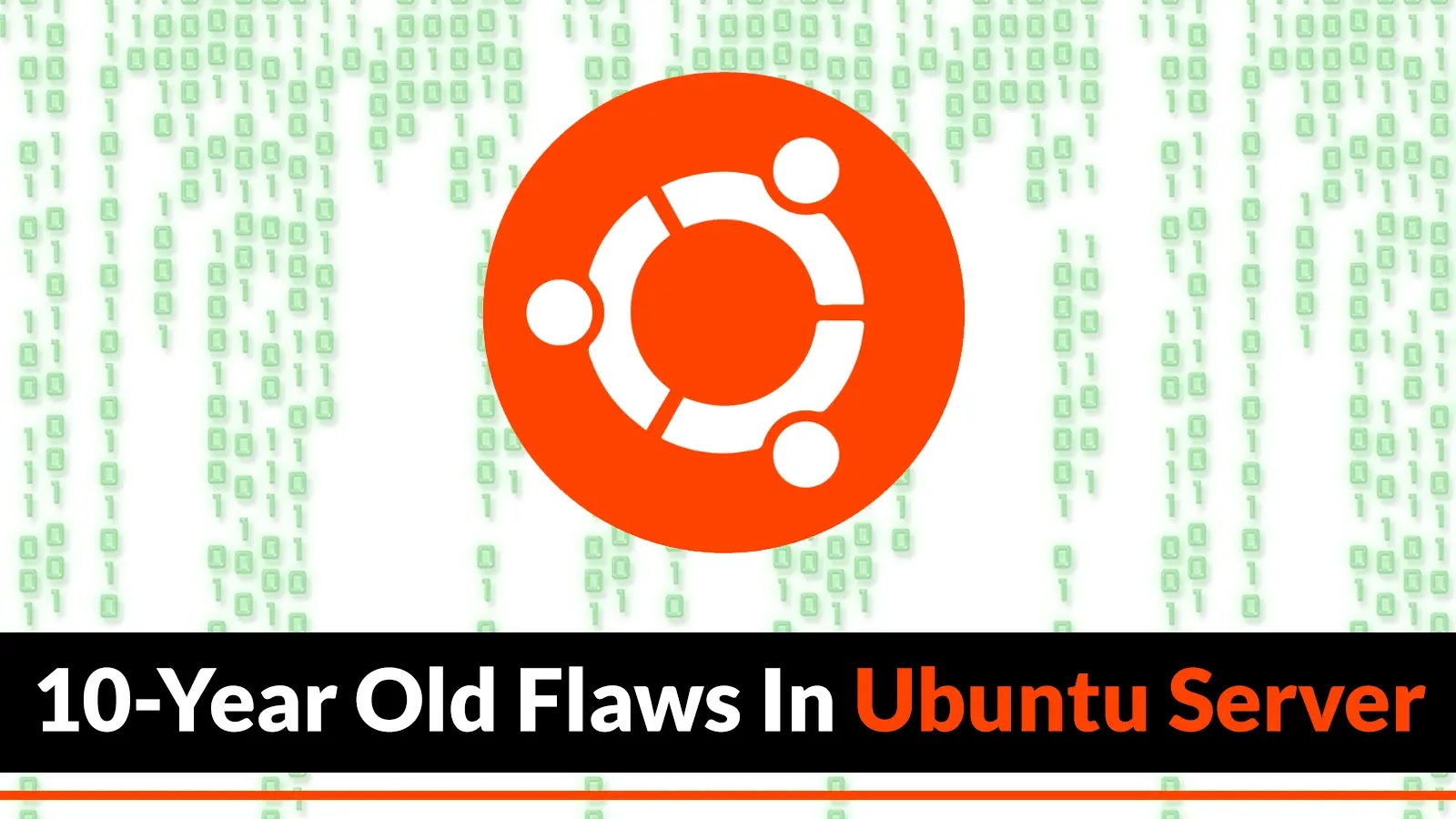10-Yr Outdated Flaws In Ubuntu Server needrestart Bundle Let Attackers Acquire Root Entry
The cybersecurity group is on excessive alert following the invention of 5 crucial Native Privilege Escalation (LPE) vulnerabilities within the needrestart part, a default bundle in Ubuntu Server.
These flaws, current for practically a decade, doubtlessly enable any unprivileged person to acquire full root entry with out person interplay, posing a big menace to system security.
The Qualys Risk Analysis Unit (TRU) recognized these vulnerabilities and tracked them as:-
- CVE-2024-48990
- CVE-2024-48991
- CVE-2024-48992
- CVE-2024-10224
- CVE-2024-11003
.webp)
The failings have existed for the reason that introduction of interpreter help in needrestart model 0.8, launched in April 2014, affecting all variations prior to three.8.
Needrestart, a utility that scans methods to find out if restarts are crucial after updates, is mechanically executed following APT operations.
Safety specialists at Qualys observed that the vulnerabilities enable native attackers to execute arbitrary code as root by manipulating atmosphere variables that affect Python/Ruby interpreters, passing unsanitized information to libraries anticipating secure enter.
Maximizing Cybersecurity ROI: Professional Ideas for SME & MSP Leaders – Attend Free Webinar
Technical Evaluation
The vulnerabilities influence Ubuntu Server installations since model 21.04, doubtlessly affecting an unlimited variety of deployments worldwide. Organizations operating these variations are vulnerable to unauthorized entry, data breaches, and system compromises.
To handle these vulnerabilities, system directors are suggested to:-
- Replace needrestart to model 3.8 or later.
- Alternatively, disable the interpreter heuristic in needrestart’s configuration file (/and so on/needrestart/needrestart.conf) by setting:
textual content
$nrconf{interpscan} = 0;
The cybersecurity business is responding swiftly to those revelations. Qualys has introduced the discharge of QIDs for vulnerability detection and is providing mitigation solutions by way of its TruRisk Remove platform.
Different safety corporations are anticipated to comply with swimsuit with updates to their vulnerability scanners and management tools. This discovery underscores the significance of normal safety audits and immediate patching, even for long-standing system parts.
Because the state of affairs develops, system administrators and safety professionals are urged to remain vigilant, apply crucial patches, and monitor for any indicators of exploitation.
Are you from SOC/DFIR Groups? – Analyse Malware Information & Hyperlinks with ANY.RUN -> Try for Free



